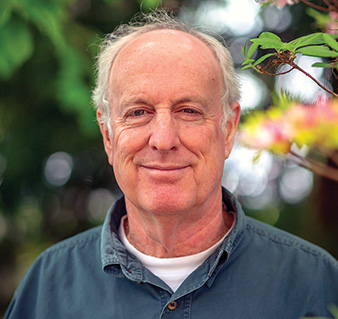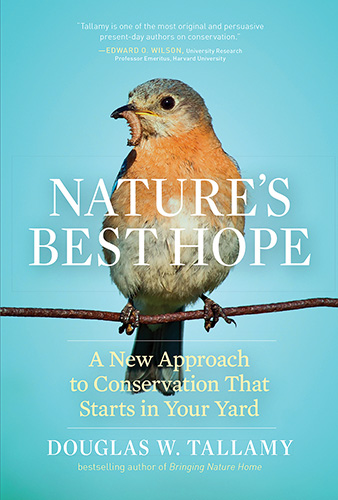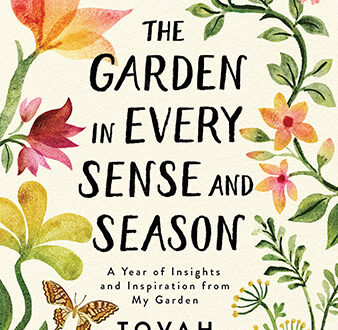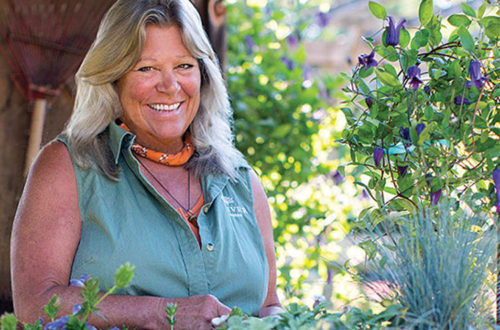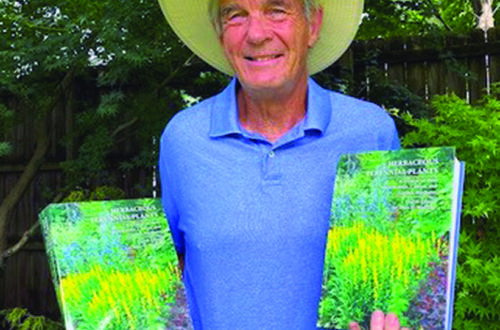AN ESSENTIAL READ for those concerned with the fate of planet Earth and its creatures. Some species of wildlife are being extirpated (going extinct locally) or becoming extinct altogether and the typical American yard (all lawn and non-native plants) is a big part of the problem.
The author, Doug Tallamy, is a professor in the Dept. of Entomology and Wildlife Ecology at the University of Delaware. His research focuses on the interaction of insects with plants and how they impact the diversity of animal communities.
Tallamy has been a hero of conservationists ever since the publication of his first book, Bringing Nature Home, in 2007. His third book, Nature’s Best Hope, went on sale in February. In it he proposes a new approach to dealing with dwindling wildlife habitat.
The Problem – Carrying Capacity
Of major concern is your yard’s carrying capacity (the abundance and diversity of animals that it can support). It’s OK to have a few non-natives if most of your plants are beneficial to insects and birds. Exceed 30% non-natives, however, and it’s bad news for the local ecosystem.
Tallamy isn’t asking us to eliminate our lawns but he is suggesting that we reduce them by half.
What he’s proposing is reasonable, doable and could revive our failing ecosystems. Since federal, state and local governments ignore the problem, the onus falls on us.
Keystone Plants
Not all native plants are equal when it comes to supporting caterpillars. Tallamy has found that about 5% of local plant genera host 70-75% of local Lepidoptera species. Quercus (oak), Prunus (cherry), Salix (willow) and Betula (birch) host hundreds of species.
Ecologically, planting an oak is a wonderful thing to do, but don’t stop there! Groundcovers and native shrubs planted under trees are great places for caterpillars to pupate. A lawn with hard-packed soil and no leaf litter is not a viable alternative.
The Solution – Homegrown National Parks
What Tallamy proposes as a fix for our failing ecosystems is actually fairly straightforward – reduce your lawn by 50% and make sure at least 70% of your plants are natives that benefit wildlife.
Even if you have non-natives that produce fall berries they’re probably high in sugar instead of the fat that birds need in the fall. That’s junk food.
Conservation can no longer be confined to preserves and parks. It’s not we live here and nature is there … we need to bring nature home … and to where we work and play, for that matter.
In order to succeed, we’ll all need to become stewards of the land … wherever we find ourselves.
While you’re at it, put your outside lights on a motion sensor or switch to yellow lights so they’ll be less disruptive to insects and wildlife.
THE BASICS
• Reduce lawn by 50% (think paths and rooms)
• Use at least 70% native plants
• Remove invasive plants – refer to cipwg.uconn.edu for a state list
• Use native trees like oak & birch
• Plant goldenrods, asters & sunflowers
• Put your outdoor lighting on a motion sensor or switch to yellow lights
• Add plantings under native trees to create pupation sites for caterpillars
• Leave nesting spots for native bees
• Plan for a continuous bloom of flowers
• Don’t spray or fertilize
Doug goes on the road on occasion to help get the message out. We last saw him in November at a lecture in Westport sponsored by the Aspetuck Land Trust.
His two main talks are “The Chickadee’s Guide to Gardening” and “A Guide to Restoring the Little Things That Run the World.” I highly recommend them both.
Nature’s Best Hope – A New Approach to Conservation That Starts in Your Yard
256 pages, 143 color photos, 6″ x 9″
$29.95 – ISBN 978-1-60469-900-5
Timber Press – timberpress.com
His other books, Bringing Nature Home (2007) and The Living Landscape (2014) with Rick Darke, are available from Timber Press and Amazon. For more information, go to bringingnaturehome.net
To find native plants for your area, go to the National Wildlife Federation’s Native Plant Finder at nwf.org/NativePlantFinder and enter your zip code. It ranks plants by the number of butterflies and moths they support. (Their caterpillars are food for the birds.) You can also try audubon.org/native-plants
